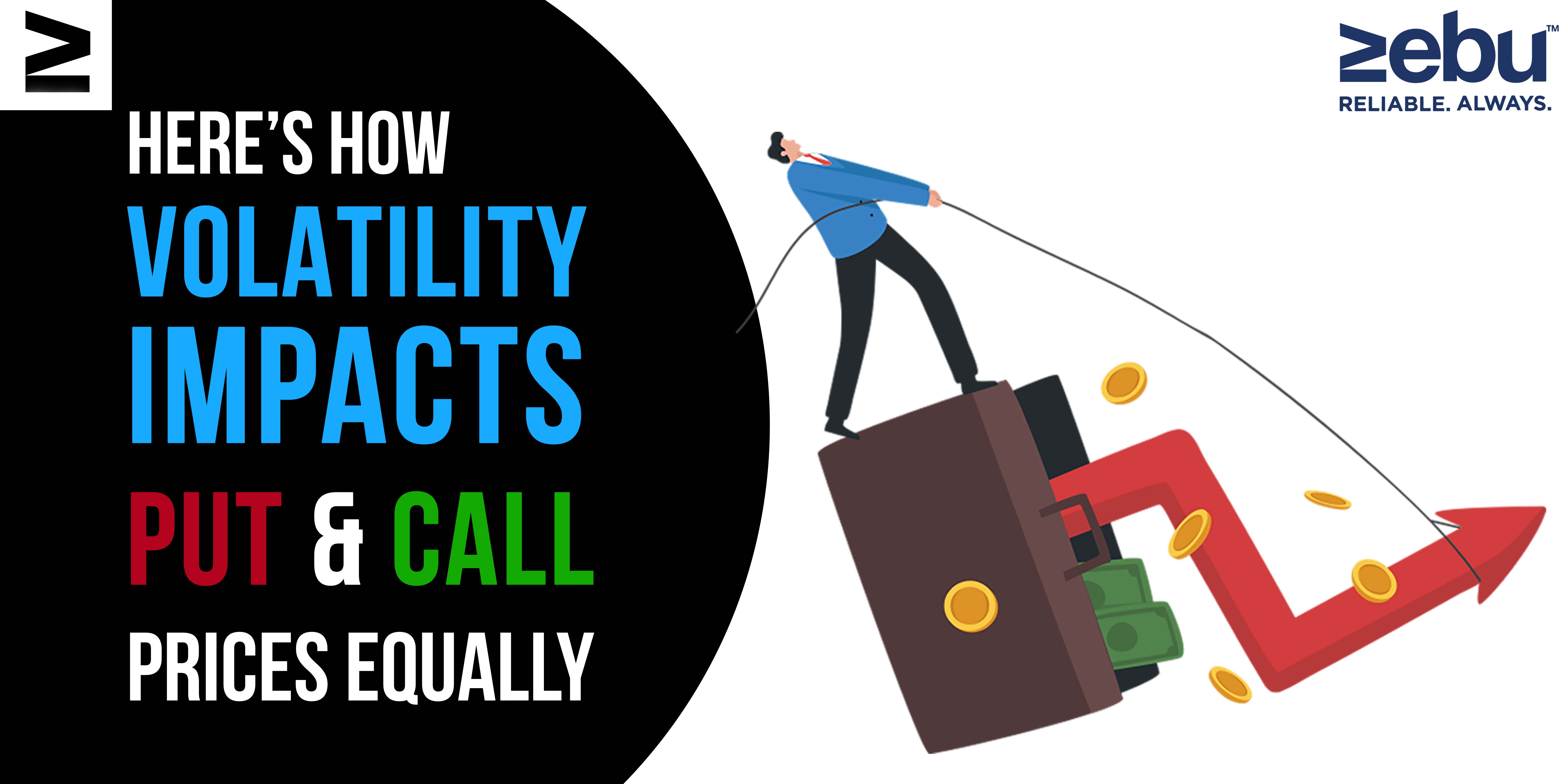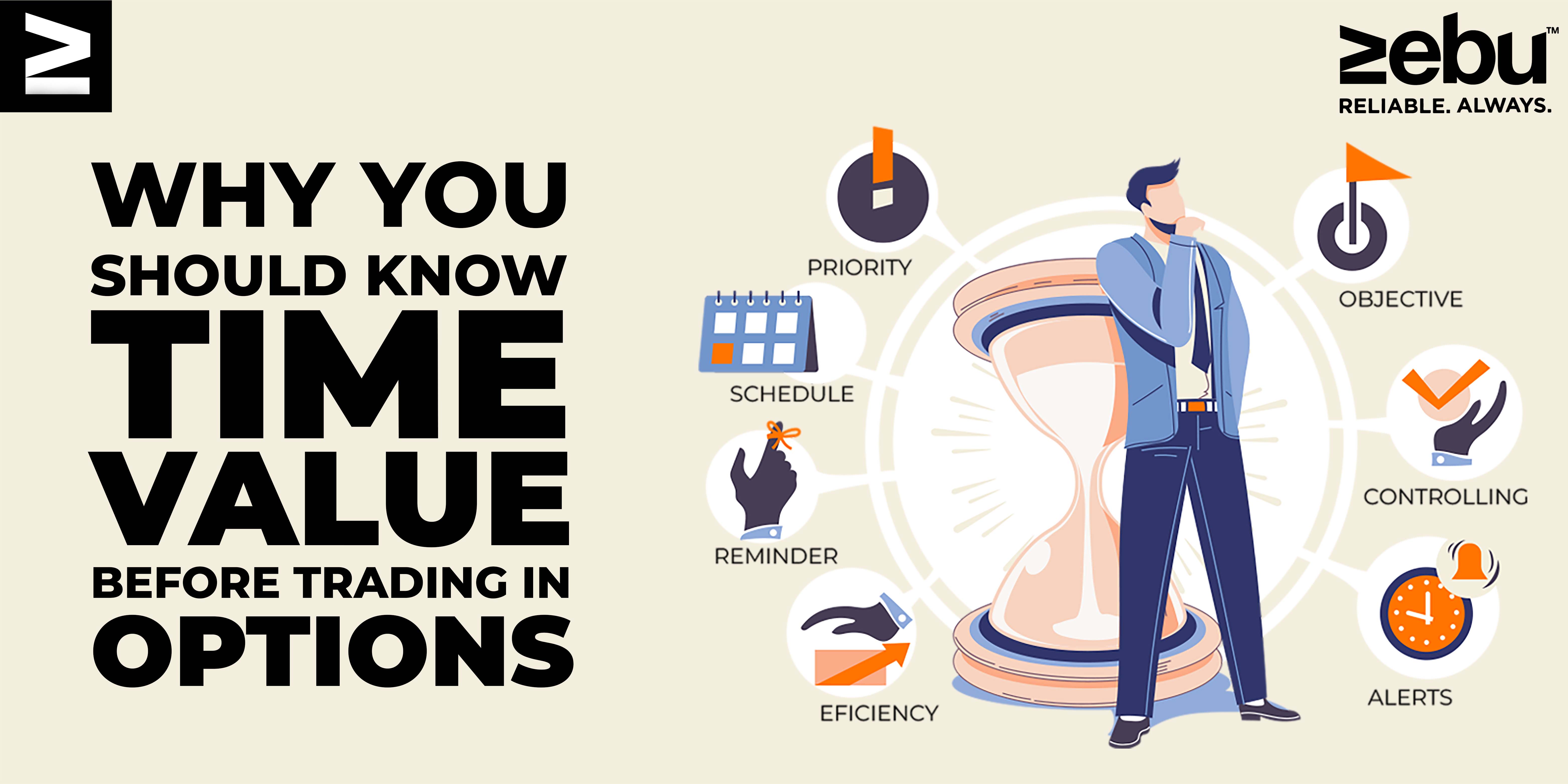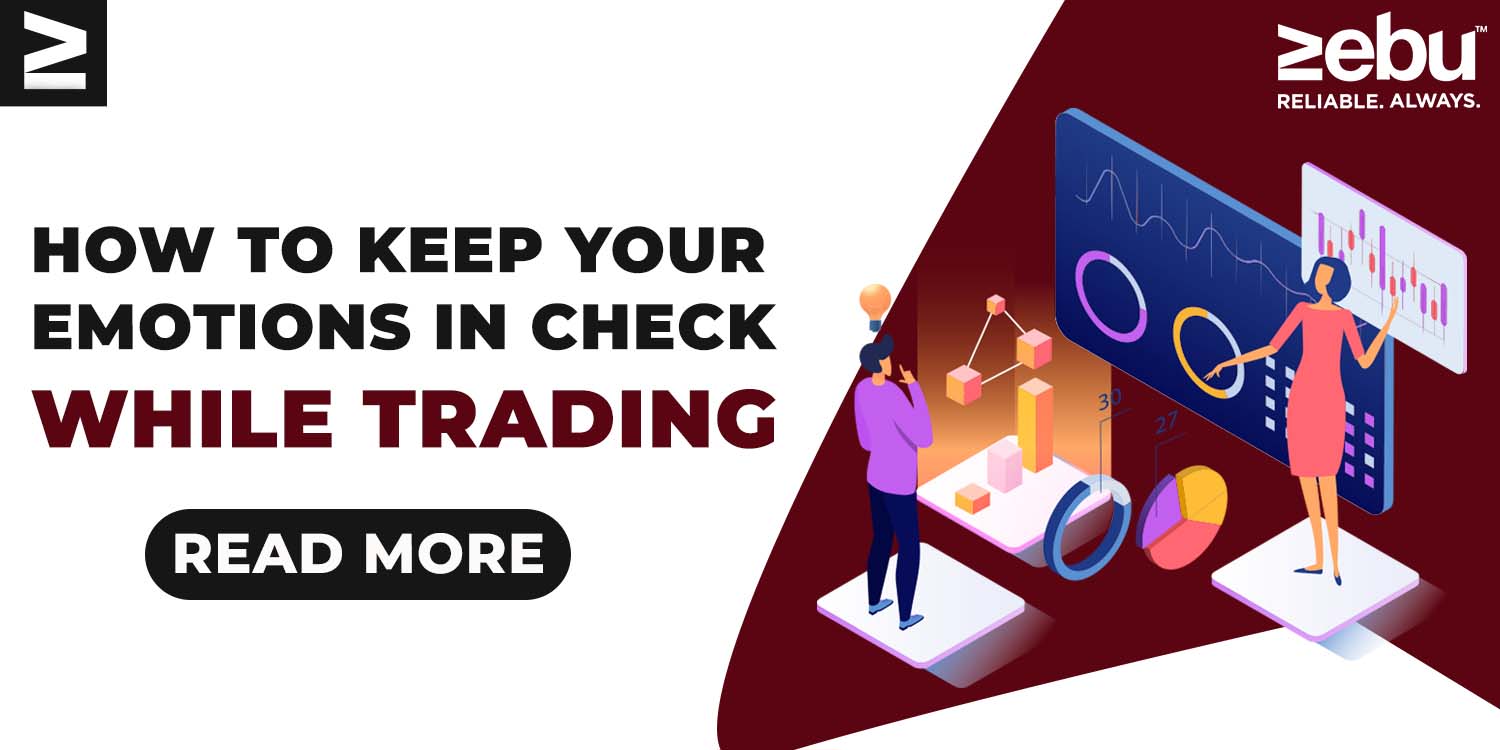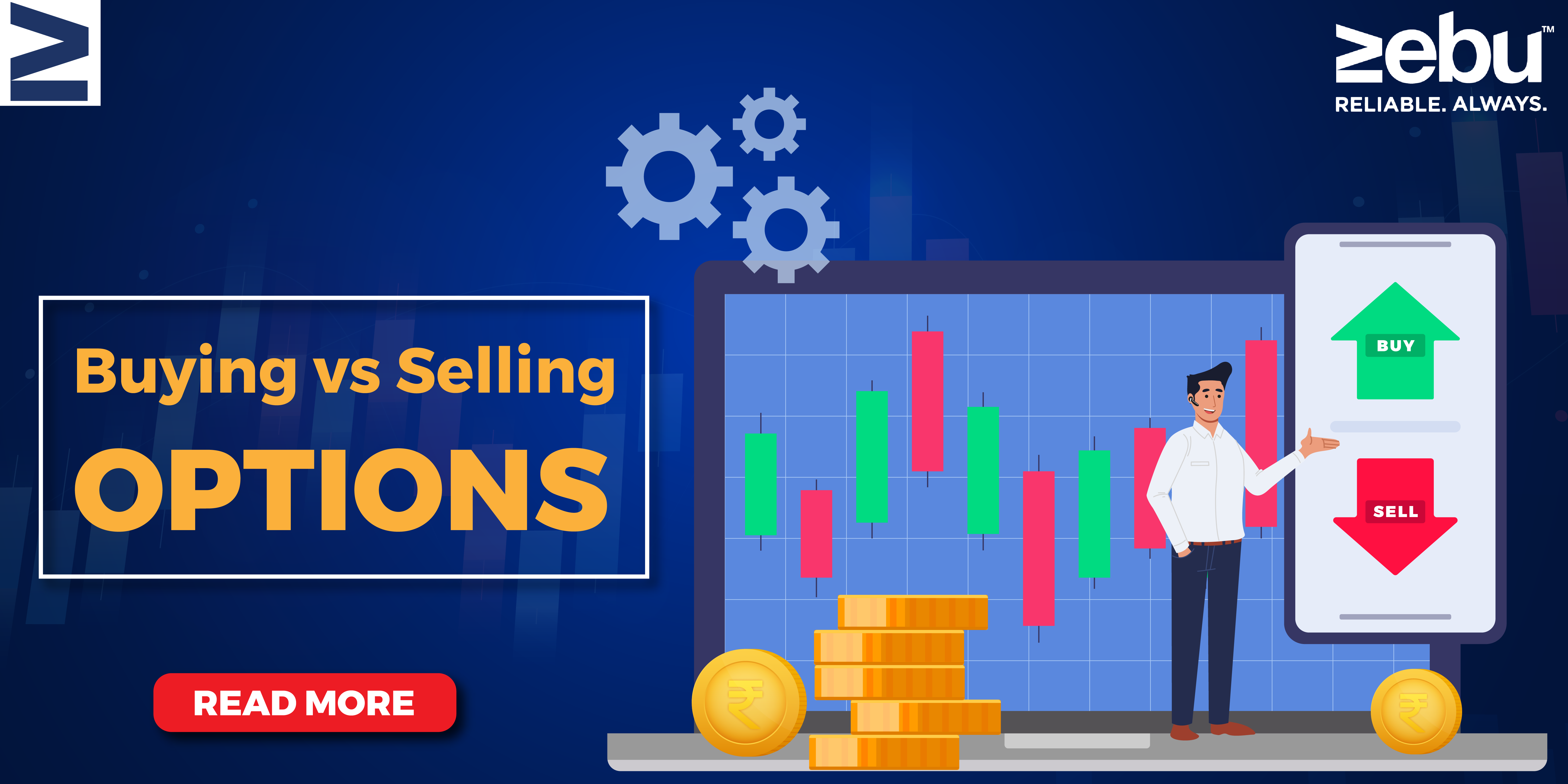
Bottom fishing is the practice of investing in assets that have gone down in value, either because of internal or external factors and are thought to be undervalued.
Every move in the share market is critical, but so is the technology you use to make those moves. As an experienced online trading company, we offer our users a seamless online trading platform and the lowest brokerage options to support their trading journey.
How to Figure Out Bottom Fishing
Investors who use the bottom-fishing strategy are called “bottom fishers.” They bet, using either technical or fundamental analysis, that an asset’s low price is only temporary and that it will rise again over time to become a profitable investment. Bottom fishing can be a risky strategy when asset prices are down for a good reason or a smart strategy when asset prices are trading at irrationally low prices.
Bottom fishing is based on the tried-and-true method for making money in the stock market, which is to buy low and sell high. In short, look for value and invest in it. Value investors like Warren Buffett and Benjamin Graham have made a lot of money by buying assets that are selling for less than they are really worth and waiting for prices to go back to normal.
Bottom fishing as a way to make money has often been thought of as more of an art than a business strategy because it is so abstract. The most important thing to know about this art is that a successful bottom fisher doesn’t try to buy a stock at its absolute lowest price, but rather at a point where it has the best chance of going up.
The best way to describe the risk of bottom fishing is with the market saying, “There’s a reason why the price is where it is.” Simply put, the market is always deciding how much a security is worth. If the value of a security has dropped sharply, there may be a good reason or reasons for the drop. It is very hard, if not impossible, to tell if this drop is due to something temporary, like panic selling, or if it is a sign of deeper problems that are not obvious.
Here are some examples of bottom fishing:
Putting money into the stock of an aluminium company when the price of aluminium is low.
Buying shares of a company that ships containers during a recession.
Putting money into a print media company when the internet is driving them out of business.
Buying shares of a bank when the economy is in trouble.
In each of these situations, it’s not clear when or if the stock price will go back up, but you could make a case either way. During the 2008 financial crisis, investors who bought bank stocks made a lot of money, but investors in print media companies may have lost money because the industry has never been able to fully recover from the increasing competitive pressures.
Strategies for bottom fishing
Bottom fishing is appealing because it has a higher chance of making money than assets that are fairly valued or overvalued. Bottom fishing is most popular in bear markets, which makes sense.
Value investing is the most common way to fish at the bottom. Value investors look for opportunities where the market may be pricing assets too low. They do this by looking at valuation ratios and predicting future cash flows. A company that had a bad quarter because of a problem with its supply chain and saw a big drop in sales would be a great example. Value investors might decide that this is an isolated incident and buy the stock in the hopes that it will recover and trade at a price that is more in line with its peers.
Many traders also use technical analysis to find stocks that have been oversold and could be good opportunities for bottom fishing. For example, a company may report quarterly financial results that are worse than expected and see a big drop in price. Traders may see that the pressure to sell is starting to ease and decide to go long to take advantage of the short-term recovery. Often, these traders will use technical indicators that help them figure out if a security has been oversold or look at patterns in candlestick charts to do the same thing.
As an experienced online trading company, we offer our users a seamless online trading platform and the lowest brokerage options to support their trading journey.








